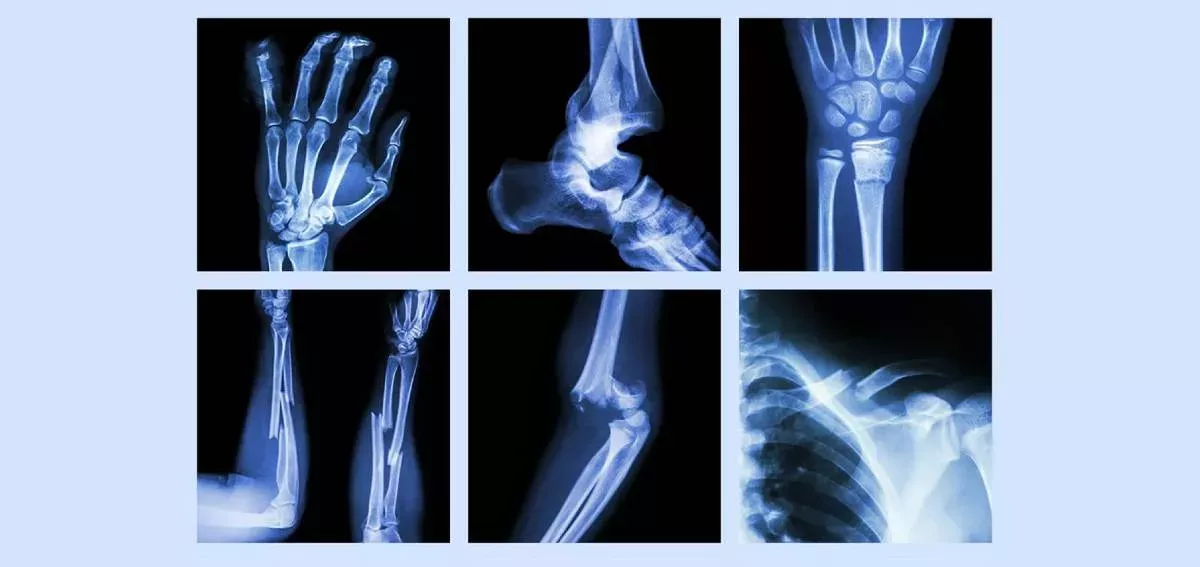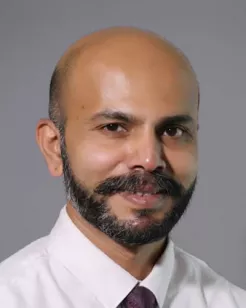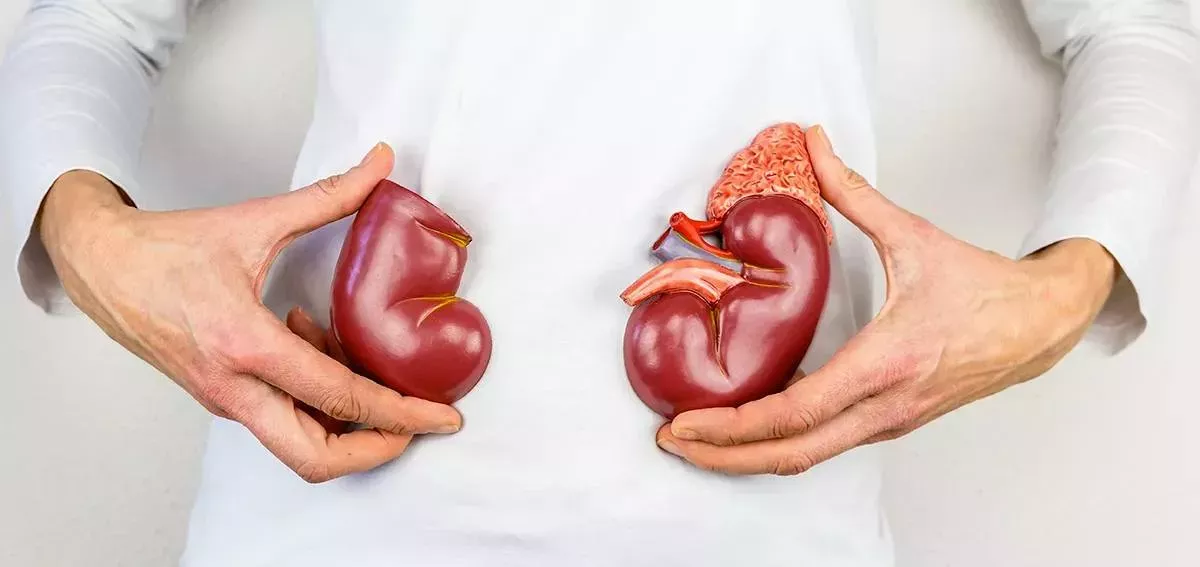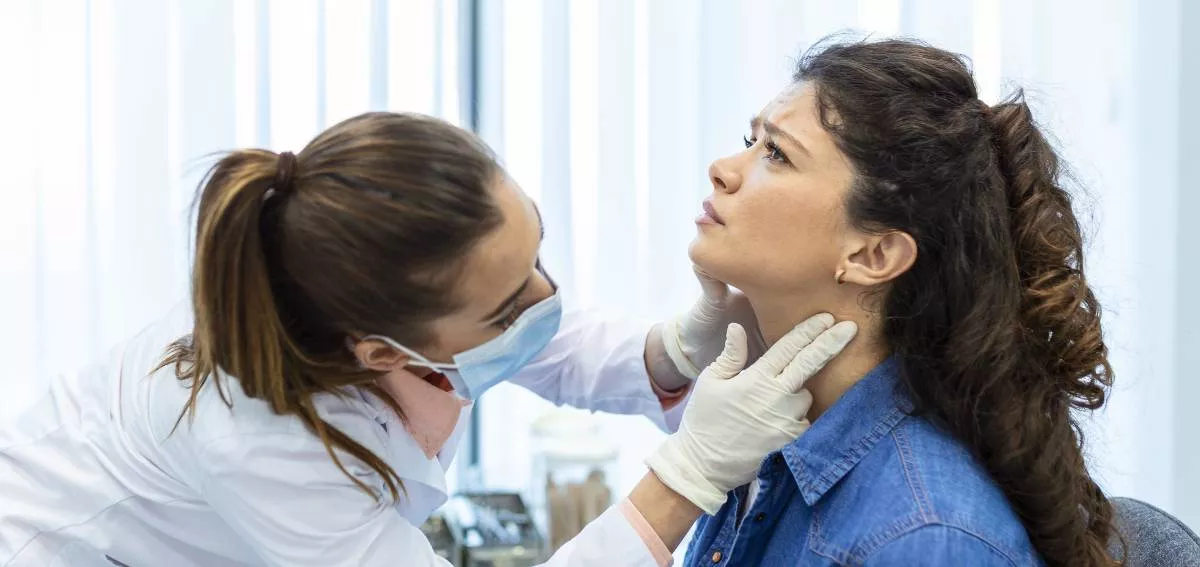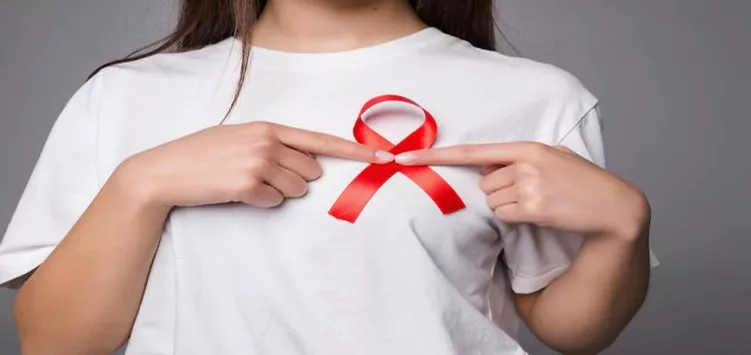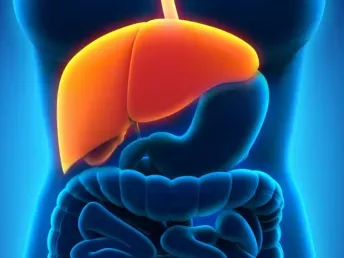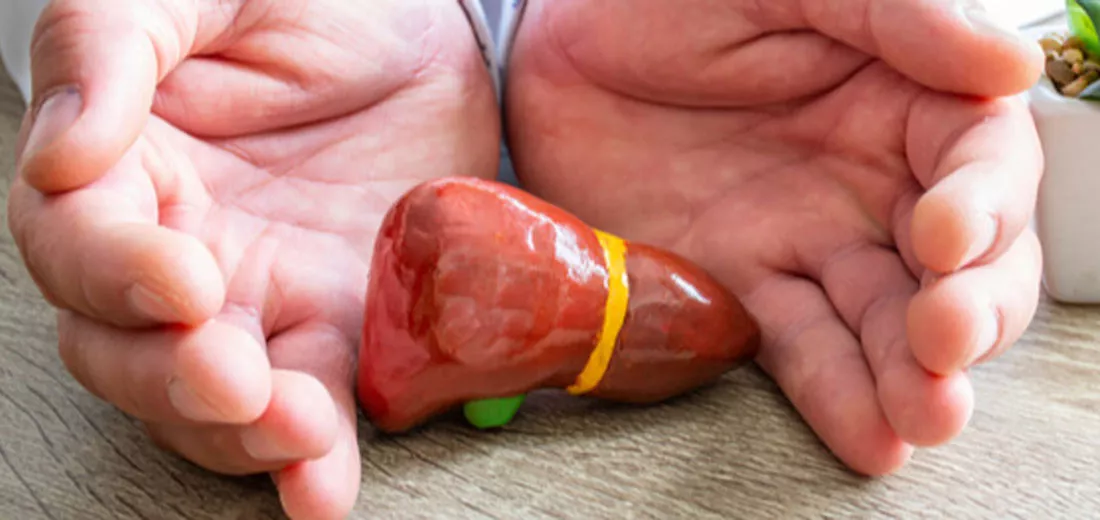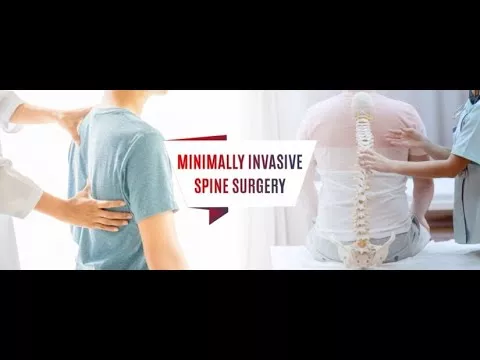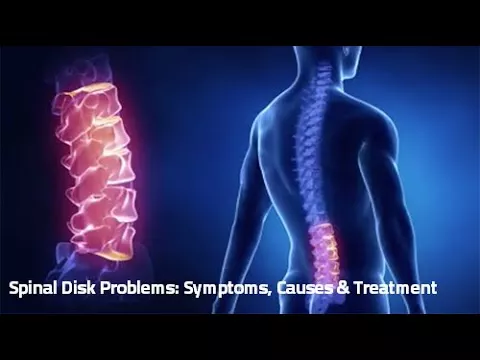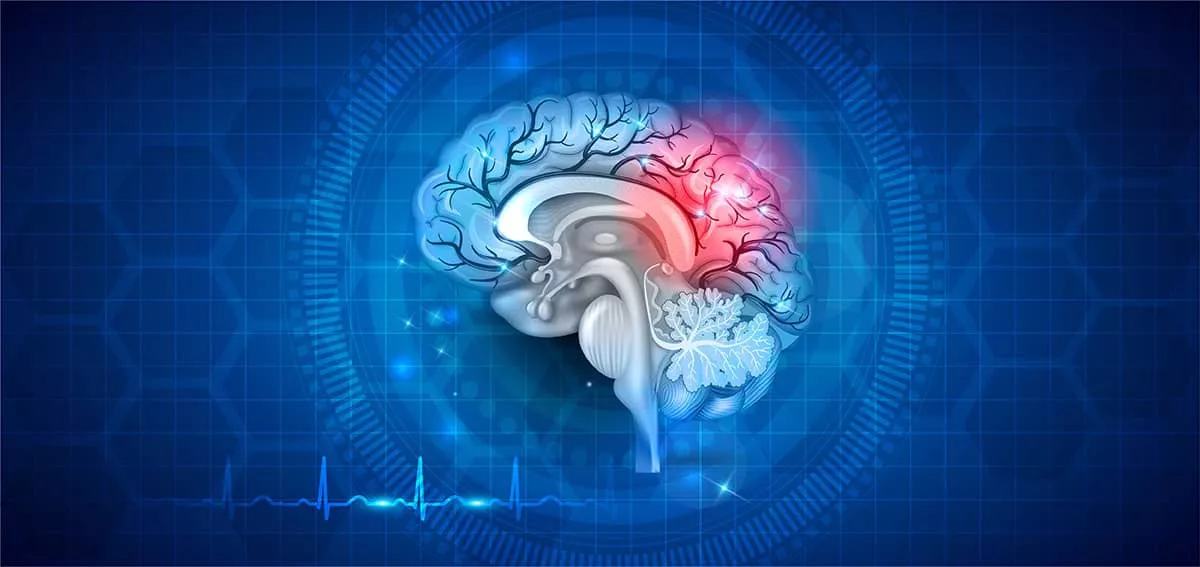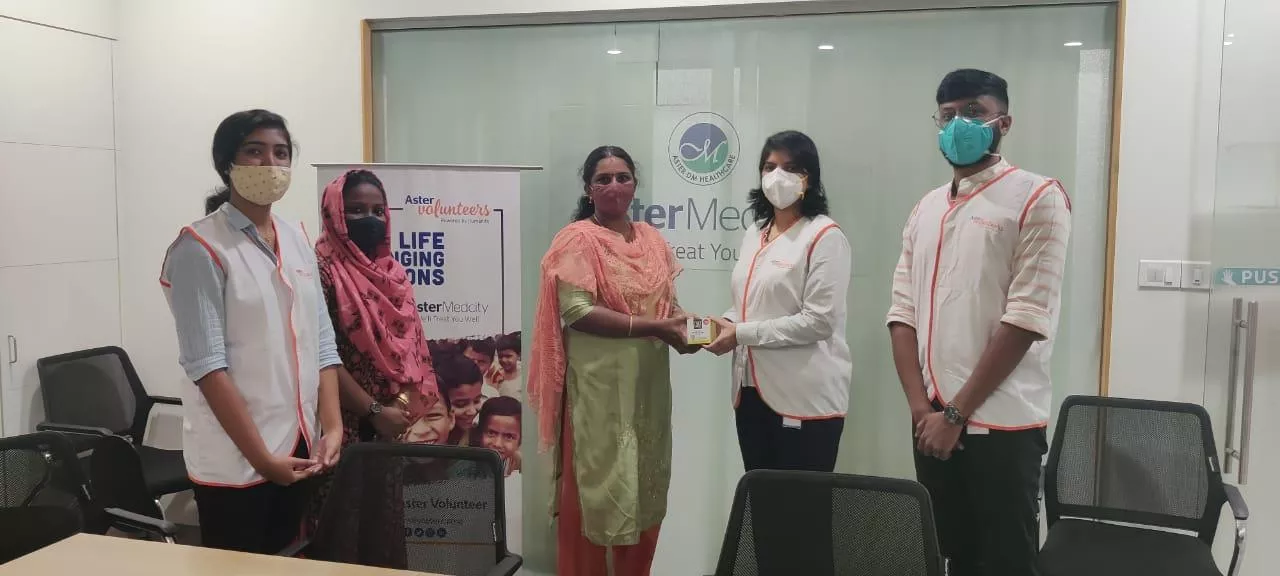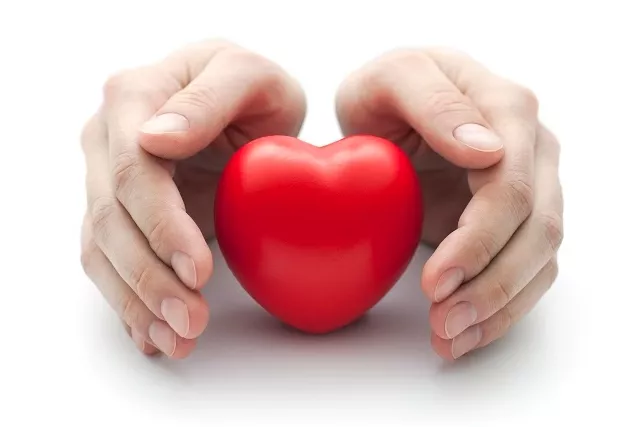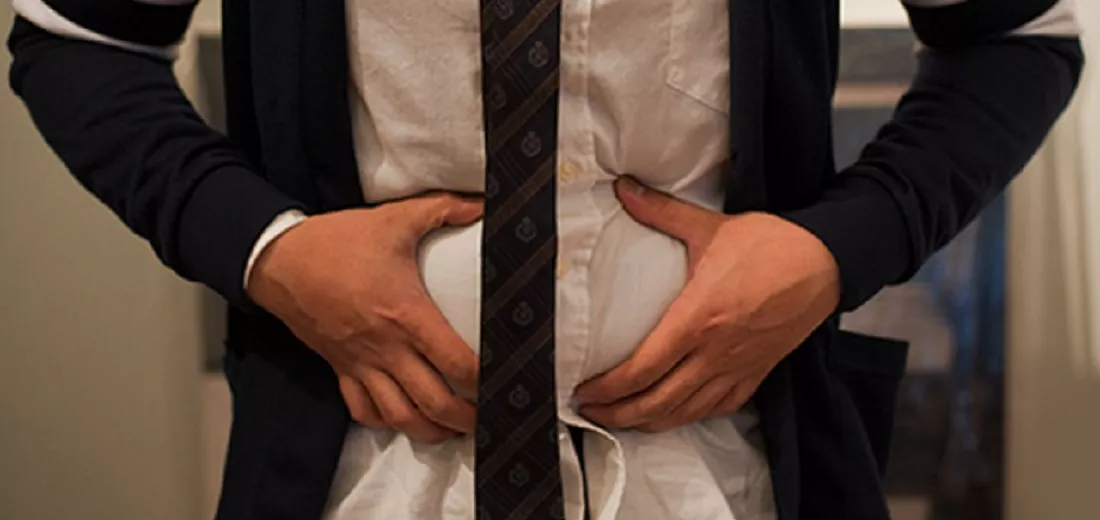Bone fractures are also known as broken bones. It affects millions of people each year across India. These painful injuries commonly occur due to sports injuries, vehicle accidents, or falls from height. Bone fracture takes time to recover. A fracture can also occur as a result of certain medical problems that weaken the bones. Some of these include osteoporosis and cancer. So if you have a fractured bone, then I suggest you consult with the best orthopedic doctor in Kochi since Kerala is renowned for top orthopedicians & it is better to take advanced treatment from an expert.
What is a bone fracture?
A bone fracture is a break in the bone's continuity. A considerable percentage of bone fractures are mostly caused by high force impact or stress. Even a tiny little bone in the body can be fractured. These fractures can occur along the length of a bone or directly across it. A fracture can break a bone into two or more fragments. A bone can fracture in various distinct ways.
Types:
Different types of fracture include:
• Open (complex) fracture: the broken bone protrudes through the skin or a wound leading to the fracture site. External bleeding and infection are possible in an open fracture.
• A greenstick fracture: is a thin, slender bone crack. It can happen in children because their bones are more flexible than in adults.
• Stress fracture: the most common type of fracture occurs in the foot or lower leg as a result of repeated stress from activities like jogging or running.
• Avulsion fracture: the bone is fractured when a muscle or ligament pulls on it.
• Comminuted fracture: the bone is shattered into several pieces as a result of an impact.
• Compression fracture: also known as a crush fracture, occurs in the spongy bone of the spine. Osteoporosis conditions can cause the front section of a vertebra in the spine to collapse.
• Fracture dislocation: it happens when a joint dislocates and one of the joint's bones fractures.
• Impacted fracture: when a bone breaks, a portion of it may collide with another bone.
• Oblique fracture: an oblique fracture happens when a bone's long axis is broken in the opposite direction.
• Spiral fracture: during a break, at least one component of the bone twists.
• A transverse fracture: is a break in the bone that runs right across it.
Symptoms:
The severity of a fracture is determined by the area of the fracture, the person's age, general condition, and the severity of the injury. For example, if you have an issue with your arm, leg, or finger, you will probably notice it soon. People who have a bone fracture are likely to have the following symptoms:
• Bruising
• Swelling
• Pain
• Bleeding (if it is an open fracture)
• Skin discoloration around the affected area
• Difficulty to move the injured area
• Difficulty to put weight on the affected area
• A grating feeling in the joint
In severe cases of bone fracture you feel:
• Dizziness
• Nauseous
• Light-headedness
Causes:
Healthy bones are extremely strong and can sustain a great deal of pressure. The risk of bone fractures can be increased by health problems, overuse of medicines, and physical damage that weakens the bones. Other factors can also raise a person's chances of breaking a bone.
With age, a person's bones normally deteriorate, increasing the chance of their breaking. As a person grows older they are more likely to have weaker bones. Even though young people have extremely strong bones, they can still break.
How do you diagnose a bone fracture?
Your healthcare professional will evaluate the injuries to diagnose a broken bone. You will certainly have one or more imaging tests. These tests may involve the following:
• X-rays: This technique creates a two-dimensional image of the fracture and it is frequently used by healthcare providers.
• Bone scan: A bone scan is used to detect fractures that are not visible on an X-ray. This scan takes longer. You may have to visit the doctor more than once but it can help detect some fractures.
• CT scan: A CT scan creates detailed slices or cross-sections of the bone using computers and X-rays.
Treatment:
Bone healing is a natural process that takes place in the majority of cases. Treatment for bone fractures usually focuses on providing the greatest conditions for healing and maintaining optimal future function for the broken bone.
A doctor will secure the fractured bone to allow the natural healing process to begin. This entails aligning up the shattered bones. A doctor can do this with some fractures by reducing the fracture externally and immobilizing will cast a brace. However, your doctor may suggest surgery if your condition is bad.
Once the fracture has been aligned, a medical practitioner will make sure it stays in position. Among the methods available are:
• Metal plates and screws
• Reducing the fracture externally and immobilizing will cast or brace
• External fixes
• Intramedullary nails or rods put in bone cavities
Fractures can take weeks or months to heal, depending on how severe they are. The duration of the healing depends on which bone has been injured and whether any complications exist, such as a blood supply problem or an infection.
Factors that affect bone healing:
Other variables that can impact bone healing include:
• Smoking,
• Excessive alcohol intake,
• Having a high BMI.
• Use of nonsteroidal anti-inflammatory drugs (NSAIDs)
• Age
Physical therapy may be required after the bone has healed to restore muscular strength and mobility to the damaged area. There is a danger of lifelong stiffness or arthritis if the fracture occurs near or through a joint. Such fractures can make the person unable to bend the joint like before the injury.
FAQs:
1. Which bone fracture hurts the most?
Fractures in the femur, tailbone, clavicle, and ribs can be very painful.
2. What are 4 complications related to fractures?
Compartment syndrome, fat embolism, pulmonary embolism, and blood vessel damage are some of the complications of fracture.
3. What prevents bones from healing?
Nutrition is also required for bone regeneration. Vitamin C, vitamin D, and calcium deficiency can delay a bone from mending.
4. Can a fracture hurt years later?
A fracture can take anything from a few weeks to many months, and in some cases, even years, to fully heal.
5. How do you know if a fracture is not healing?
Patients who think their fracture has not healed or is not healing properly after therapy should look for deformity and pain in the area of surgery.
